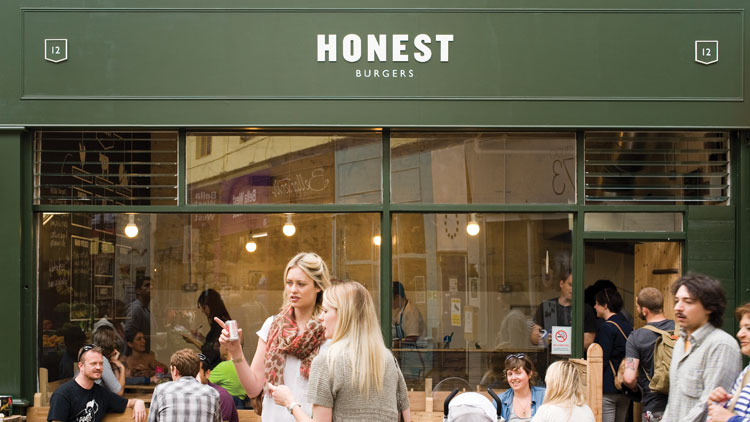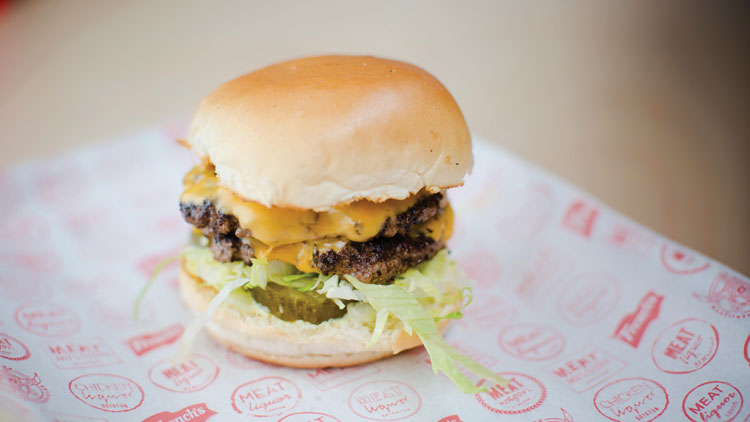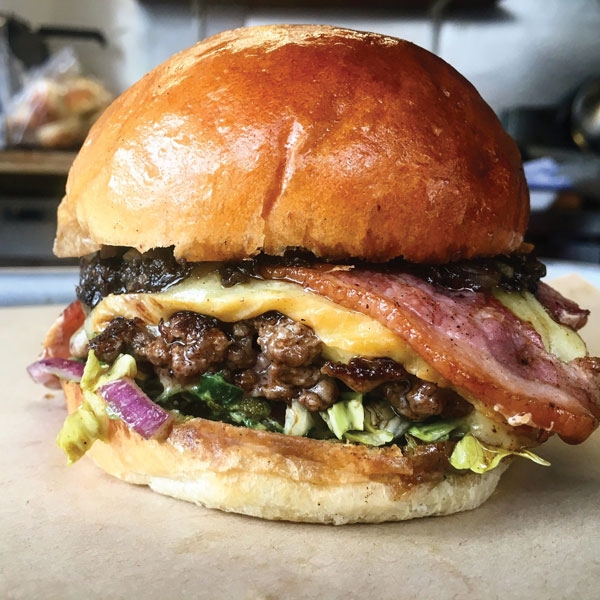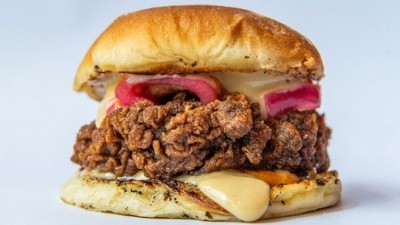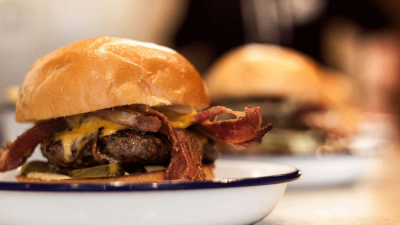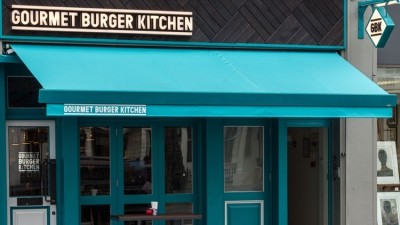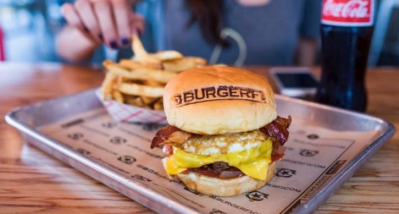How restaurants are striving to create the perfect burger
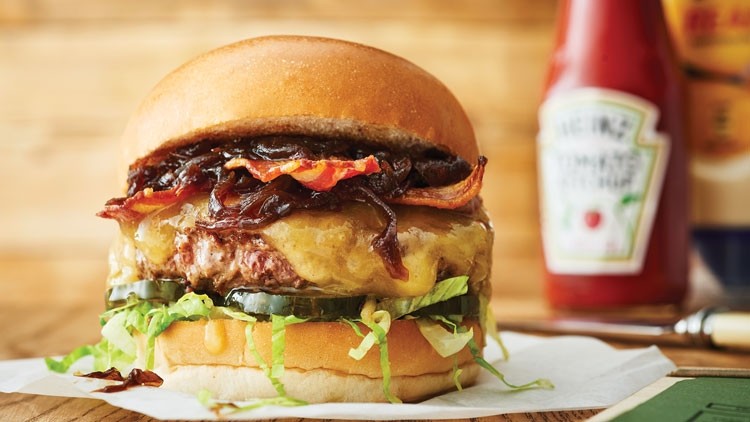
When the story broke last year that all was not well at Byron, headline writers got so carried away with patty puns you’d be forgiven for thinking that burgers were dead in the water. But while competition has intensified in the space following unprecedented growth over the last decade or so, they’re anything but.
Byron’s plan to potentially close 20 restaurants was not due to Brits losing their lust for burgers, but rather a consequence of overly ambitious expansion and the wider casual dining crunch. Recent research from MCA Insight suggests that there is still plenty of fat on the UK branded burger market with the sector predicted to grow almost 6% a year to £4bn by 2020. Established better burger players such as Five Guys, Honest Burgers, Smashburger, Patty & Bun and Bleecker are all tipped for growth, as well as incoming US chains Habit Burger and Fatburger.
Nothing focuses the mind like a new wave of competition in an already crowded market, or as Tom Barton, co-founder of Honest Burgers, puts it: “People have opened too many restaurants too quickly. It’s just exploded in the past 10 years, so you’ve got to be really good just to survive now.”
Own butchery
Clever marketing, unusual toppings and fancy buns can all help a restaurant rise above the mêlée, but it’s the burger itself that is increasingly being put centre stage, with operators going to new lengths to create the perfect patty. “It’s the most important thing on the menu,” declares Barton, which is why the 25-strong restaurant group parted with more than £600,000 last year to set up its own butchery in Sutton.
“We make 95% of everything else on the menu, so the fact we didn’t make the burger didn’t sit well,” he says. “It was a massive investment for us – the equivalent of opening two restaurants – but we needed that extra control and to protect our supply chain.”
The butchery produces upwards of 45,000 burgers a week using chuck and rib-cap bought direct from a Scottish abattoir supplied by Highland farms. Rather than dry-ageing, the company uses meat from animals that are over 30 months at slaughter, which naturally have more flavour. It also employs some novel equipment, not least a ‘bowl-chopper’, which is used instead of a mincer.
“People sometimes mince meat three times to get even distribution, but it becomes rubbery and you lose texture,” he explains. “The bowl-chopper cuts with knives and doesn’t break down the structure, so it eats like steak.”
Quality control
MEATliquor has also made changes to improve meat quality, although the market is so competitive that co-founder Scott Collins is loath to give away details. “As soon as people have a hint of what we’re doing, they will be ripping us off,” he says, although he is willing to reveal that the company now only sources rare-breed meat from Highland farms, via a single supplier and butcher.
“It ring-fences [the supply chain],” he explains. “Otherwise it’s very hard to regulate what suppliers are doing. As much as they tell you one thing, quality can change.”
Only specific cuts of dry-aged meat go into the grinder and the fat content is closely controlled with the minced meat delivered in bulk to the restaurants, where it is hand-balled fresh each morning and pressed onto the grill to order using a metal paddle. “The meat stores better that way and we have better control,” he explains. “It’s the most labour intensive way of doing it, but the burger cooks better – we get a really good char – it’s still pink, but it’s cooked all the way through.”
Forming the burgers in-house means training is essential with burger bootcamps for chefs every six weeks, overseen by an executive and training chef, plus regular blind tastings at restaurants. “Training is relentless,” says Collins. “It’s very anal and time consuming, but it’s the only way.”
How burgers are cooked is also a preoccupation at Honest Burgers, where the company has gone to extraordinary lengths to serve its patties pink, otherwise known as ‘less than thoroughly cooked’ (LTTC).
Concerns over food safety, specifically E. coli and salmonella, around LTTC burgers led the FSA to issue new guidance in 2016, specifying that they should be cooked to at least 70°C for two minutes (ie, well done) unless businesses could show higher levels of control and testing. EHOs subsequently clamped down hard on operators serving rare burgers following the guidance (although it is scheduled to be reviewed later this year).
The change in the FSA’s stance was one of the reasons why Honest set up its own butchery. It is one of only a handful of processors in the country accredited to supply meat that can be served rare in a burger thanks to strict controls, such as storing meat at below 2°C and an incredibly detailed HACCP plan.
“If we had to sell well done, I’d be mortified,” says Barton. “A well-done burger tastes pretty much like any other well-done burger. Cooking rare brings juiciness and texture.”
Barton won’t reveal what temperature the burgers are cooked to in the restaurants, but says the strengthened procedures at the butchery mean it is below 70°C. A £15,000 challenge test, whereby a burger was infected with E. coli in a lab and then cooked in the same way as in the restaurants, was also undertaken to prove that the methods were safe.
Hannan Meats in Northern Ireland, which supplies Mark Hix’s restaurants and the Holiday Inn’s Stock Burger concept with Shorthorn beef, has also secured FSA accreditation to supply burgers that can be served rare – a process that took two years and involved testing every batch of burgers over that period.
As good as a great steak
Hannan’s burgers typically contain rib, rump and chuck with an 80:20 lean-to-fat ratio. Both the rib and the rump are aged for 21 to 28 days in the company’s Himalayan salt chambers – maturing rooms lined with pink salt bricks, which keep spoilage bacteria at bay and enable longer ageing times. “You don’t get any of those blue cheese flavours that you get with other aged beef,” explains owner Peter Hannan. “It’s just wonderfully tender and with a deep beefy flavour.”
Equally important is the breed of cattle. The Glenarm Estate where Hannan sources its beef rears Shorthorn cattle, which are much smaller than conventional Continental breeds – typically 320kg at slaughter compared to 450kg. The animals provide smaller, tastier cuts with excellent marbling and fat coverage. “We want smaller, sweeter, more compact animals that are beautifully fattened and well marbled and that tends to come from native breeds,” says Hannan.
“For too many years a burger was seen as somewhere to put your offcuts. But a burger should be as good as a great steak. It should deliver that level of satisfaction. And you can only achieve that by putting in good meat.”
Well done Troll
Brighton burger shack Troll’s Pantry has built a cult following thanks to owner Paul Clark’s obsessive attention to detail (this is a man who makes his own ketchup and mustard).
But after serving his burgers pink for years, the introduction of new FSA guidelines meant he was forced to cook them all the way through. Never one to hide from a challenge, Clark set about developing a burger that could be cooked medium-to-well done and would still match up to the one he had built his business on.
Instead of buying in pre-minced beef, he switched to grinding his own, putting brisket, chuck and short-rib from Sussex beef through the mincer just once on an 8ml setting to achieve a coarse open texture. A relatively high-fat content of 25–30% was also important to ensure it didn’t dry out, while he also dropped the size from a 1/3lb to 1/4lb.
“It’s all about cooking the burger as quickly as possible without drying it out,” he explains. “The patty is smaller and has a loose texture so heat permeates through it quickly.”
This is a web version of an article that first appeared in the May issue of Restaurant magazine, the leading title for the UK's restaurant industry. For more features, comment, interviews and in-depth analysis of the restaurant sector subscribe to Restaurant magazine here.
